Sun Temple (Surya Mandir): Illuminating the Divine:
The Sun holds a revered place in Hindu mythology, symbolizing the source of light, energy, and life itself. Throughout history, temples dedicated to the Sun God have been erected across the Indian subcontinent, each a testament to the devotion and architectural prowess of ancient civilizations.
Sun temples across India are magnificent architectural wonders dedicated to the worship of Surya, the Sun God. These temples reflect not only spiritual devotion but also the rich cultural heritage and architectural prowess of ancient Indian civilizations.
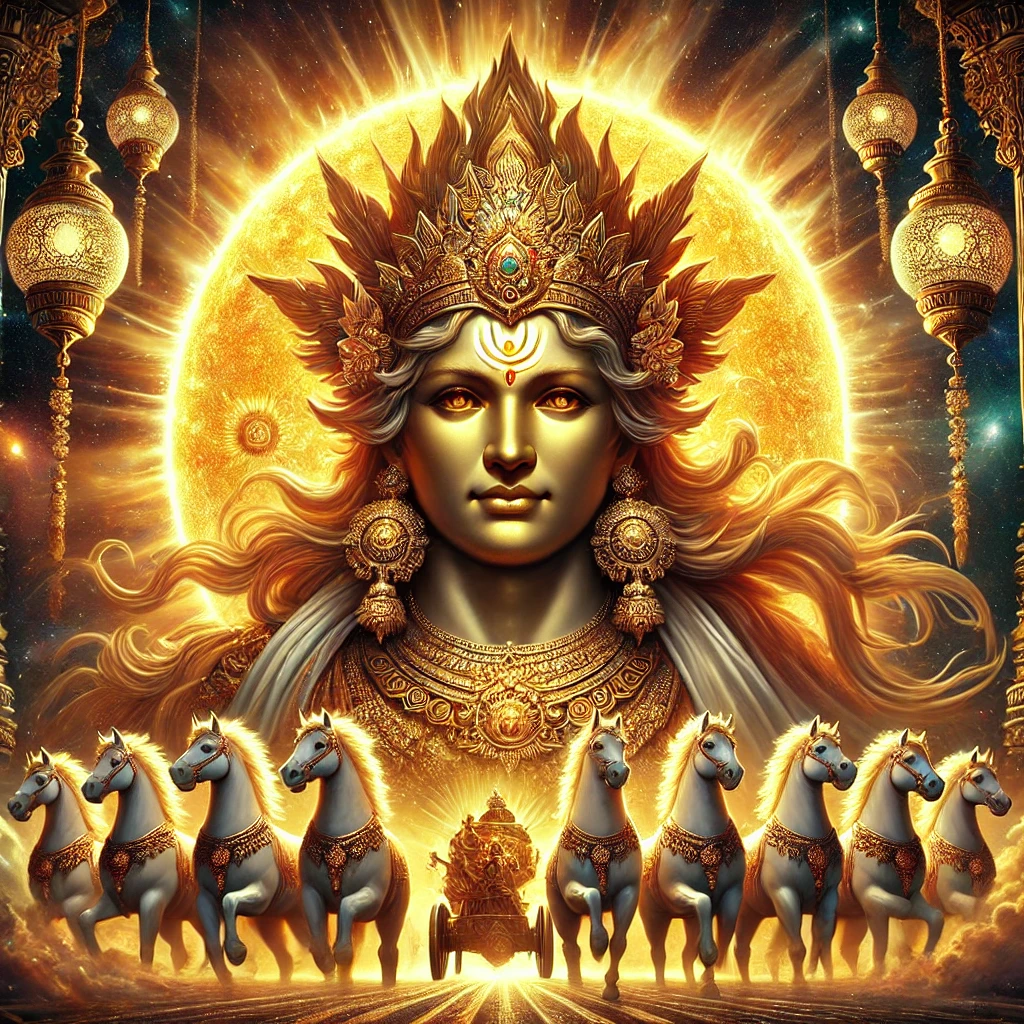
Let’s delve deeper into the history, architecture, and current status of some of the most famous Sun temples.
1. Konark Sun Temple, Odisha

- Date of Creation: 13th century CE
- Architecture: Built in the form of a colossal chariot with 24 intricately carved stone wheels, Konark Sun Temple is a masterpiece of Kalinga architecture. Its walls are adorned with detailed sculptures depicting scenes of life, mythology, and celestial beings. The temple’s design imitates the structure of a massive chariot with twelve pairs of exquisitely carved stone wheels and seven horses. These elements are aligned to represent the Sun God’s journey across the sky.
- Significance: Also known as the “Black Pagoda,” this UNESCO World Heritage site was constructed by King Narasimhadeva I of the Eastern Ganga Dynasty. Apart from its architectural grandeur, the Konark Sun Temple played a significant role in the religious and social life of the time. It served as a center for worship, pilgrimage, and cultural activities, reinforcing the importance of the Sun in Hindu mythology and rituals.
- Current Status: Despite partial ruin due to natural wear and historical attacks, it remains one of the most visited monuments in India.
2. Modhera Sun Temple, Gujarat
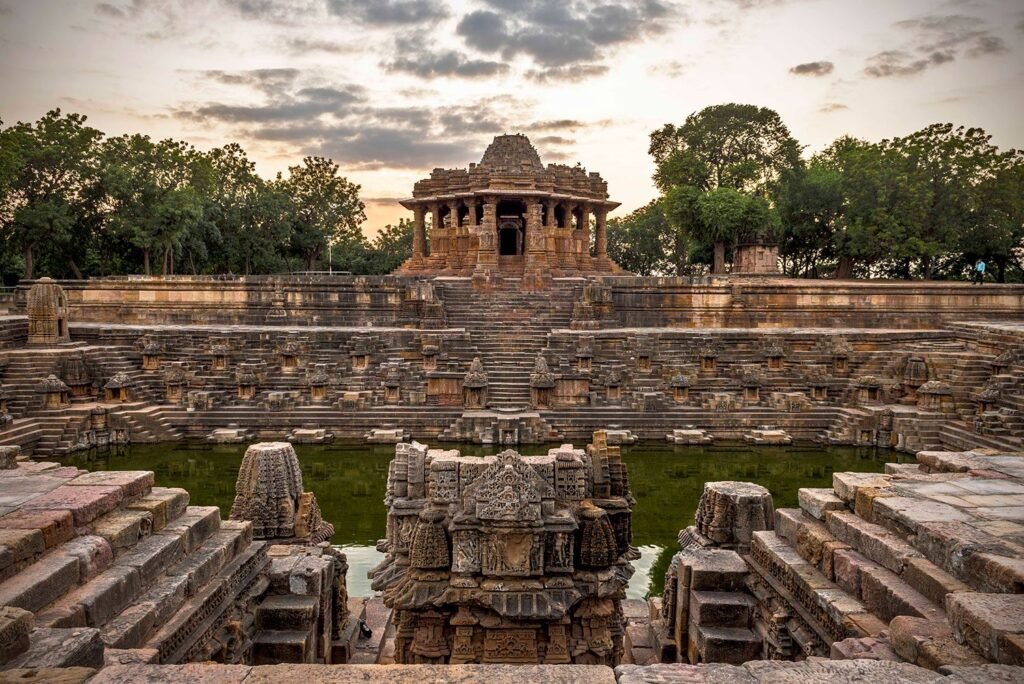
- Date of Creation: 11th century CE
- Architecture: The Modhera Sun Temple is an exquisite example of Solanki architecture. It features a grand stepped tank (Surya Kund) and a Sabha Mandapa (assembly hall) with intricate carvings that illustrate scenes from the Ramayana and Mahabharata. The Sabha Mandap is celebrated for its intricate carvings and the Surya Kund, which features symmetrical galleries and meticulously designed pavilions that reflect the temple’s architectural harmony.
- Significance: Built by King Bhima I of the Chaulukya dynasty, this temple was designed to capture the first rays of the sun at the equinox. The alignment of the temple allows sunlight to illuminate the deity during specific times of the day, symbolizing the connection between the divine and the celestial.
- Current Status: The temple is well-preserved, though it is no longer a site of active worship.
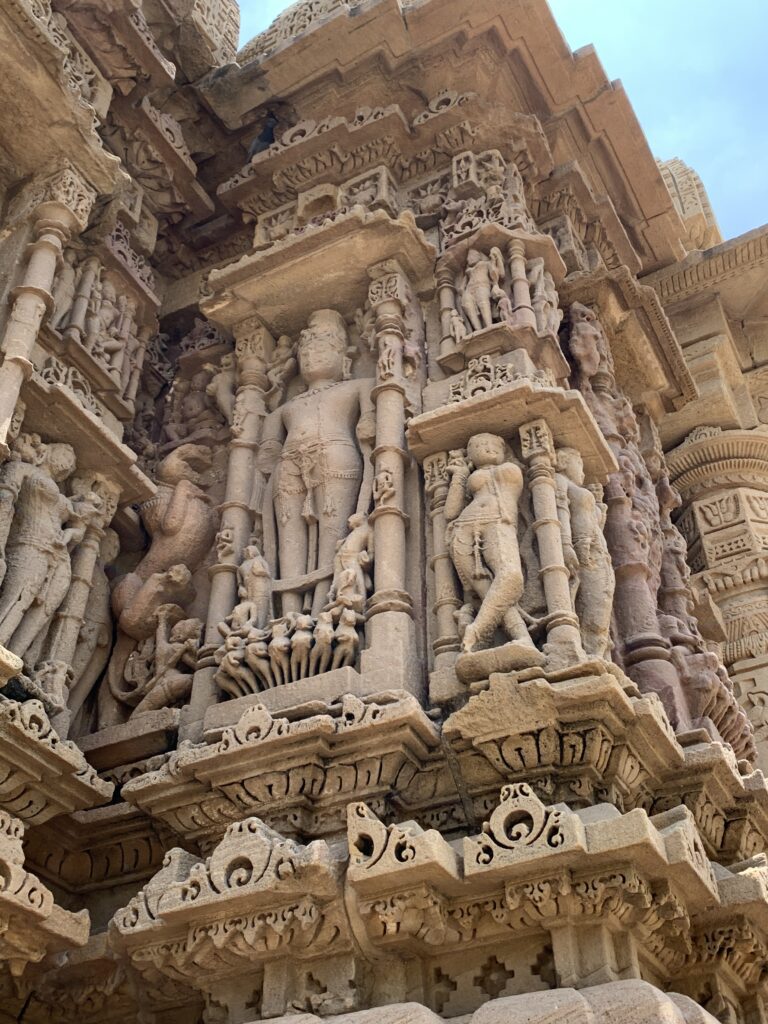
3. Martand Sun Temple, Jammu & Kashmir
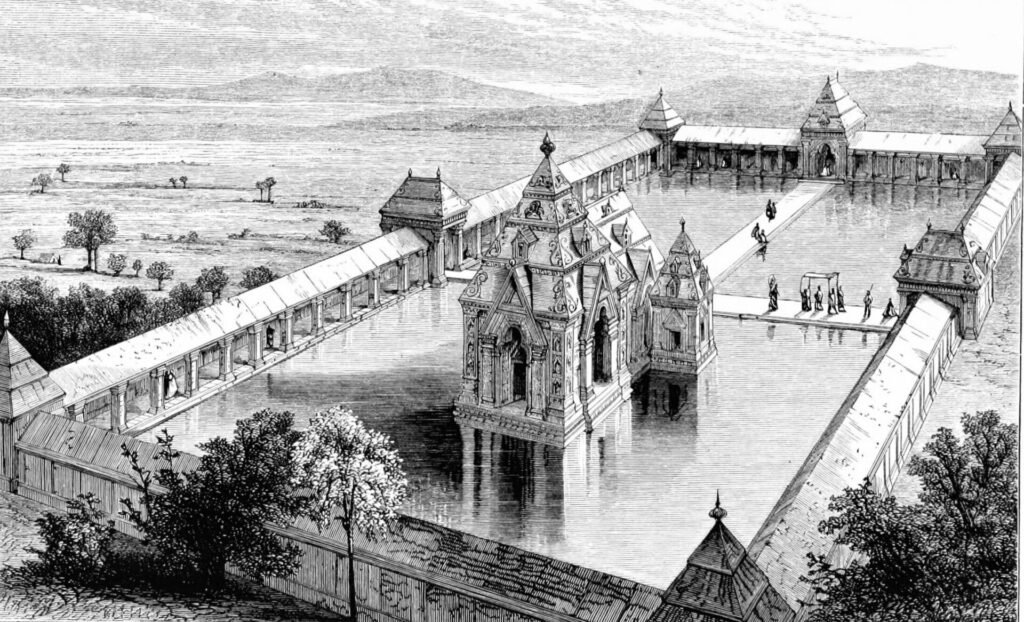
- Date of Creation: 8th century CE
- Architecture: The Martand Sun Temple, constructed by King Lalitaditya Muktapida of the Karkota dynasty, is a blend of Gandhara, Gupta, and Kashmiri architectural styles. Its massive courtyard was surrounded by 84 smaller shrines. The temple was strategically positioned to harness sunlight, emphasizing its astronomical significance.
- Significance: This temple was a symbol of the vastness of the Karkota empire and its devotion to Surya. Martand was not just a religious center but also a hub of learning and culture during its prime. The temple’s design reflects the astronomical knowledge of the period, highlighting the Sun’s role in timekeeping and agricultural practices.
- Current Status: The temple is in ruins today, largely due to its destruction in the 14th century, but it remains an important archaeological site.
4. Multan Sun Temple, Pakistan
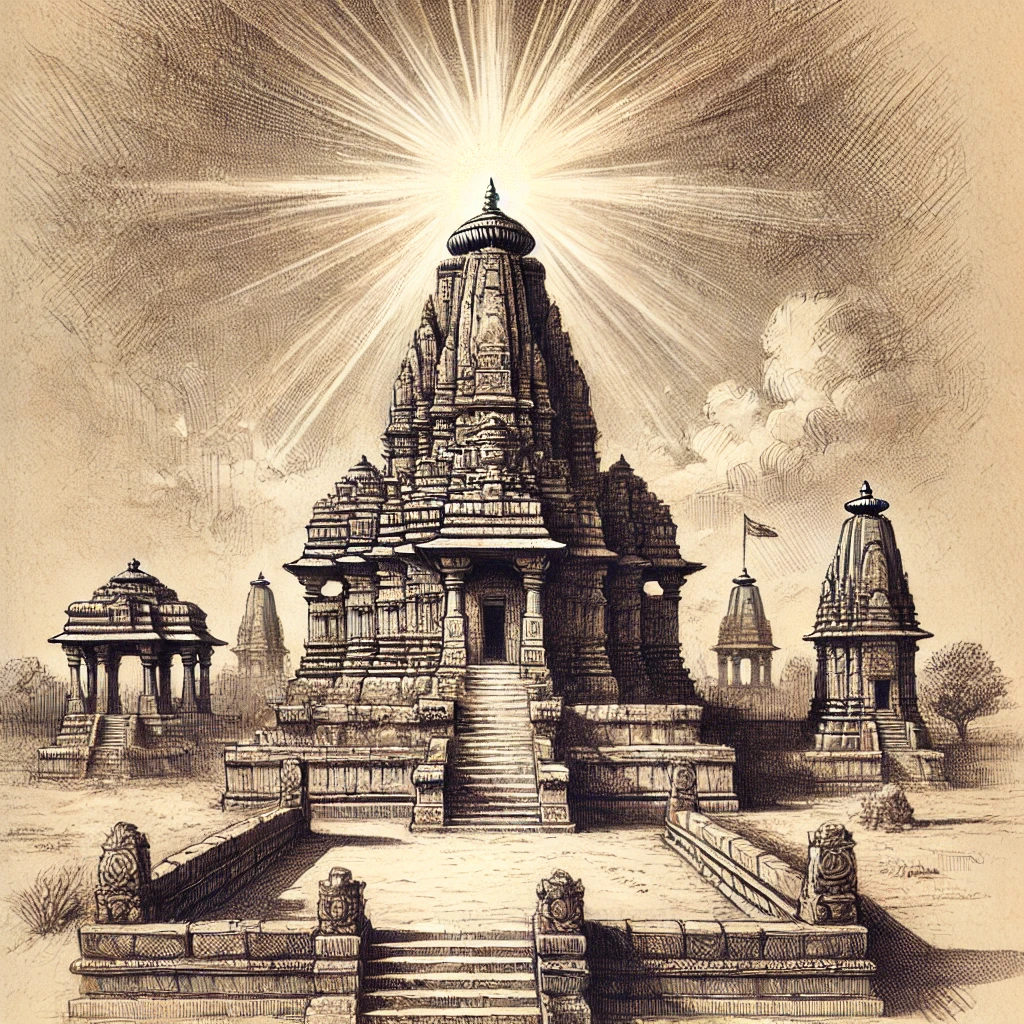
- Date of Creation: Ancient (Exact date unknown)
- History: The Sun Temple of Multan was a major center of worship for the ancient Sun cult in the Indian subcontinent. It was mentioned in texts as far back as the Mahabharata and visited by Hiuen Tsang in the 7th century.
- Current Status: The temple was destroyed during the Muslim conquests of the region, and no physical traces remain today.
5. Surya Narayana Temple, Arasavalli, Andhra Pradesh

- Date of Creation: 7th century CE
- Architecture: The temple was built by the Eastern Kalinga kings and features a unique idol of Surya, made of granite, with his consorts Usha, Chhaya, and Padmini. The temple’s architecture allows the sun’s rays to fall directly on the deity twice a year during the equinoxes.
- Current Status: It is an active site of worship and attracts thousands of pilgrims annually.
6. Katarmal Sun Temple, Uttarakhand

- Date of Creation: 9th century CE
- Architecture: This temple, built by the Katyuri kings, is perched high in the Kumaon Hills and is noted for its unique style with a central shrine surrounded by 45 smaller shrines.
- Significance: It is one of the rare temples where Surya is depicted as Brahma, Vishnu, and Shiva, showing the syncretic nature of early Hinduism.
- Current Status: The temple is in ruins but is undergoing restoration efforts.
7. Surajkund Sun Temple, Haryana
- Date of Creation: 10th century CE
- Architecture: Surajkund, meaning “Lake of the Sun,” was originally a grand water reservoir with a temple dedicated to Surya at its center. Built by King Suraj Pal of the Tomara dynasty, it is an example of the water architecture of ancient India.
- Current Status: The temple itself has been lost, but the reservoir remains a significant site and is the venue for the annual Surajkund Mela.

Sun Temples across different civilizations illustrate the universal reverence for the Sun and its indispensable role in sustaining life and guiding societal rhythms. From the intricate stone carvings of India to the astronomical alignments of Machu Picchu and Stonehenge, these temples are testaments to human ingenuity, spirituality, and the enduring quest to understand and honor the celestial forces that shape our existence. Exploring these magnificent structures offers a glimpse into the rich cultural heritage and the profound connections between humanity and the cosmos.
